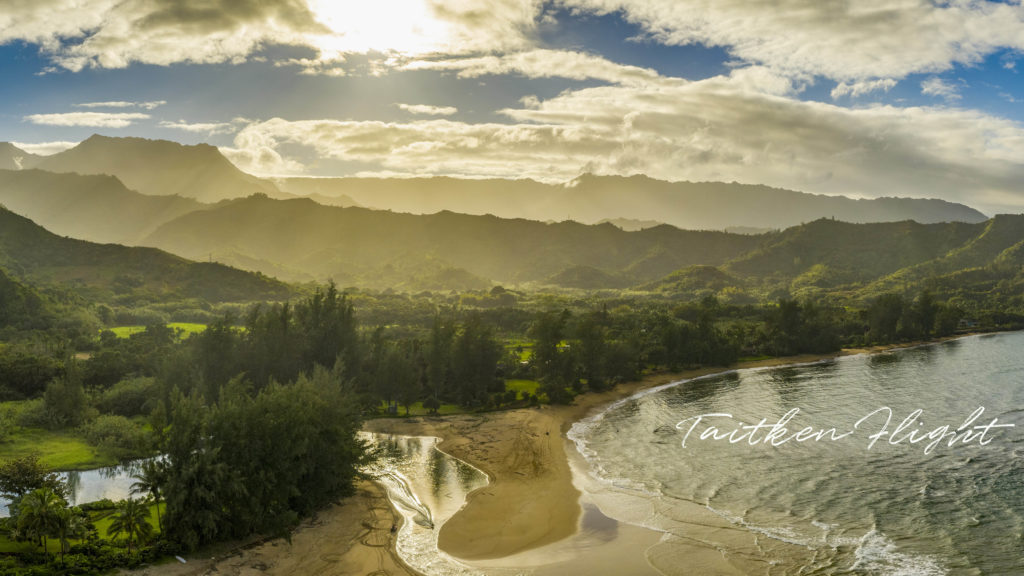While the Mavic Air 2 happily surprises most buyers, serious photographers and videographers still prefer the Mavic 2 Pro for creative drone operations. From safety to camera control, the Mavic 2 Pro just offers a more complete offering without sacrificing portability.
Experienced drone pilots love the newness of the Mavic Air 2! There is a lot of drone in a very small package. Yet there are large differences in functionality of the Mavic 2 Pro and the Mavic Air 2. From software control functionality of the camera to a lack of flight modes and safety features, experienced pilots want more from the Mavic Air 2.
- Camera Functionality
- Lack of Attitude Mode
- Decreased Flight Information
Overall, skilled pilots would agree the Mavic Air 2 has a higher propensity to crash. Albeit, this would never stop people from buying the drone! Rumors swirl that DJI is selling the Mavic Air 2 like hotcakes!
While the Mavic Air 2 serves a more recreational audience, that audience still seems disappointed. Actually many of the complaints across the internet showcase an overall lack of excitement for the drone. Tyler, who typically flew the Mavic Pro complained that the drone just didn’t offer as much as the older drone.
Camera Control Just isn’t there.
Other complaints we’ve heard is the lack of camera control. Many drone pilots didn’t realize the Mavic Air 2 was controlled via the same application as the Mavic Mini. This app is easy to use, but reduces functionality and necessary flight information (like battery voltage).
The flight application also does not allow the user to fully control the camera. A true manual mode does not exist and allow the full capability of the sensor. Due to this issue the photographer is really limited in the depth and composition of the imagery. While the Mavic Air 2 has some cool new flight features, a limited sensor really inhibits all operations with the aircraft. (Other than a fun free flight?)
As a drone pilot myself, the decision to not fly the Mavic Air 2 was easy. After taking so many beautiful images on the Mavic 2 Pro, you get accustomed to the incredible range of color from the Hasselblad sensor. Check out the image below, 3 Image stack (AEB) on the Mavic 2 Pro from Kauai.

Kauai lets the inner child enjoy life’s greatest pleasures without the hustle found elsewhere.
Flight Modes & Flyability
A few of the members of Drone U have complained that the Mavic Air 2 doesn’t have Attitude mode. In addition, there is no way to currently hack that drone to allow pilots to have this very necessary flight mode. From stopping a flyaway to acquiring smooth footage, every drone pilot wants attitude mode. When an emergency strikes, attitude mode disables GPS and other various sensors to allow the drone pilot to have full control of the aircraft.
One of our DUE Instructors mentioned that he didn’t like the way the drone flew. He noted that flying through the app decreased the true capability. While he was impressed with the photos for Instagram, that was about the only use case he discovered. Ultimately, he gave the drone to his nephew. (Awesome Guy)
Overall, the Mavic Air 2 offers a lot of drone for the price tag. Yet practical experiences show me that i’ll be sticking to my hacked Mavic 2 Pro for attitude mode, the increased color gamut and overall…it is more fun to fly.
Thanks for supporting Drone U.






Add Your Comment